


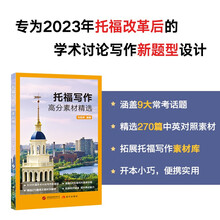
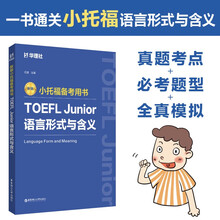
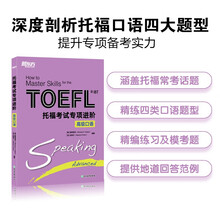
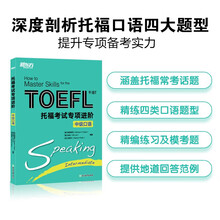
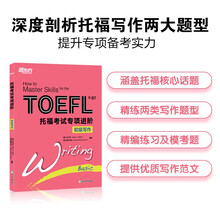
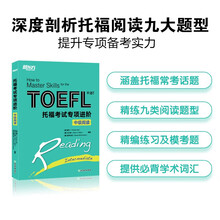
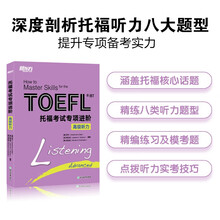
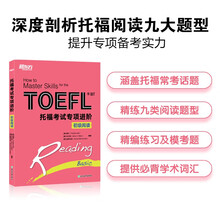
Unit 01
Vocabulary
Vocabulary Preview
A. Choose the word that best matches each definition.
A. lumber B. consistently C. random D. property E. hinder F. offspring
1. lacking any definite system or pattern:___________
2. wood used as building material: __________
3. the young of animals or people: ___________
4. objects that someone owns: ___________
5. to keep someone from doing something; keep something from happening: __________
Introduction
* Vocabulary questions require you to find the meaning the given word or phrase has within the context of the passage.
* Tested words or phrases are highlighted within the passage.
* 3 to 5 questions are given for each passage.
Sample Question
With a wingspan of 0.5m and weighing 325g, archaeopteryx is generally thought to be the oldest known bird. It had powerful wings, a condensed body, and a well-formed neck, similar to modern-day birds. However, it possessed similarities to meat-eating dinosaurs, including the composition of its bones and teeth and its lack of a beak. Therefore, a lot of scientists suggest that archaeopteryx had attributes of both feathered dinosaurs and ancestral birds and lived 140 million years ago, during the latter stages of the Jurassic period.
The word attributes in the passage is closest in meaning to
A merits
B positions
C structures
D characteristics
Answer and Explanation
D "Attributes" means "properties, qualities," and therefore is closes aning to D characteristics.
Question Types
o The word ________ in the passage is closest in meaning to
o The phrase ________ in the passage is closest in meaning to
o Which of the following best explains the term ________?
Strategy
1. A word can have a variety of meanings. Make sure to focus on how the word is used within the context even if you think you know the word.
2. If you don't know the given vocabulary word, work out the meaning by using contextual clues. They may include the following forms:
① Examples: such as, for example, colon (:)
Most reptiles, such as crocodiles, lizards, snakes, and turtles, are well adapted to survive dry conditions.
② Similar expressions or synonyms
In 62 AD, Pompeii was at the epicenter of an intense earthquake. The prolonged severe earthquake caused structural damage to the buildings and infrastructure of the city.
③ Additional explanation: relative clauses, adverbial clauses, participles
Salt has hygroscopicity , which is a property that allows it to draw water from the surrounding atmosphere.
④ Equivalence: dash (-), comma (,)
The company filed for bankruptcy - the condition in which a business cannot meet its debt obligations - in March.
⑤ Sentence structure that shows comparison, contrast, cause and effect, etc.
These objects can seem harmless, but they may easily become dangerous when exposed to certain events such as temperature fluctuations.
3. Understanding the general flow of the passage or having some background knowledge about the topic can be helpful in finding the answer.
4. Substitute each answer choice into the passage and check whether the answer choice has the same contextual meaning as the original word in the passage.
Basic Drills
Upon first arriving in the upper Midwest of the United States, European pioneers found the environment to be similar to their native lands in Northern Europe. With cold winters and a flat, marshy landscape containing few trees, the settlers decided that dugouts were ideal for housing. They didn't need much building material - they were easily built by hollowing out a huge hole in the slope of a hillside; logs or blocks of turf were used for roofing. Windows were covered with oiled paper, and doors and windows only featured on one wall. This type of housing was perfect for establishing a homestead and keeping the family warm and safe until crop yields provided enough money for lumber for a frame farmhouse.
1. The phrase hollowing out in the passage is closest in meaning to
A opening B digging C measuring D building
2. The word featured in the passage is closest in meaning to
A functioned B designed C appeared D reflected
3. The word yields in the passage is closest in meaning to
A output B research C demand D supply
Reading Practice I
Tomb paintings and other works of Egyptian art indicate that it remained virtually unchanged for about 3,000 years. Except for a brief period in the mid 1300s BC, Egyptian art consistently adhered to a strict set of rules, evidence of which can be found in almost any artifact from this period.
These rules included painting human figures with a front view of the eye and shoulders and a side view of the head, arms, and legs. Both legs were painted pointing in the same direction as the head, with one foot in front of the other. In addition, artists used flat colors and didn't use shading for human figures. For men's skin, they used dark red or brown paint. For women's skin, they used yellow, white, or a pale brown color.
Statues, as they must last forever, were made of rock such as granite or slate. The statues always depicted the front side of the individual. The arms were placed straight by the side of the torso, legs together, whether standing or seated. Indeed, it seems that even the size of the statue was governed by rules; the taller the statue, the more important the person it represented.
These formalized and stylized rules have made Egyptian art one of the most widely recognized art forms in the world today. Whether it was paintings or statues, the design of Egyptian art remained consistent throughout this period in history. The only acknowledged variations in form are the portrayals of animals and common people. Depictions of these often reflected a more natural manner, though still within very strict and formulaic rules.
Glossary
torso: the human body without the head, arms, or legs
1. The word virtually in the passage is closest in meaning to
A nearly
B occasionally
C extensively
D surprisingly
2. The phrase adhered to in the passage is closest in meaning to
A stuck to
B related to
C returned to
D belonged to
3. The word portrayals in the passage is closest in meaning to
A shapes
B characters
C statues
D representations
Extra Question
Which of the following is NOT true of the rules of Egyptian art?
A Men had to be painted with darker skin than women.
B Some statues were made to be taller to signal the importance of the subject.
C The eyes and legs of the character were painted facing the same direction.
D Animals and common people were depicted in a more natural form.
Organization
﹡_____________ based on strict rules -- _________for nearly 3,000 years
﹡Details of the strict rules---------- painting ____________: pose, color
making ____________: material, pose, size
﹡The result of using strict rules -- Egyptian art became a widely_________ art form.
……